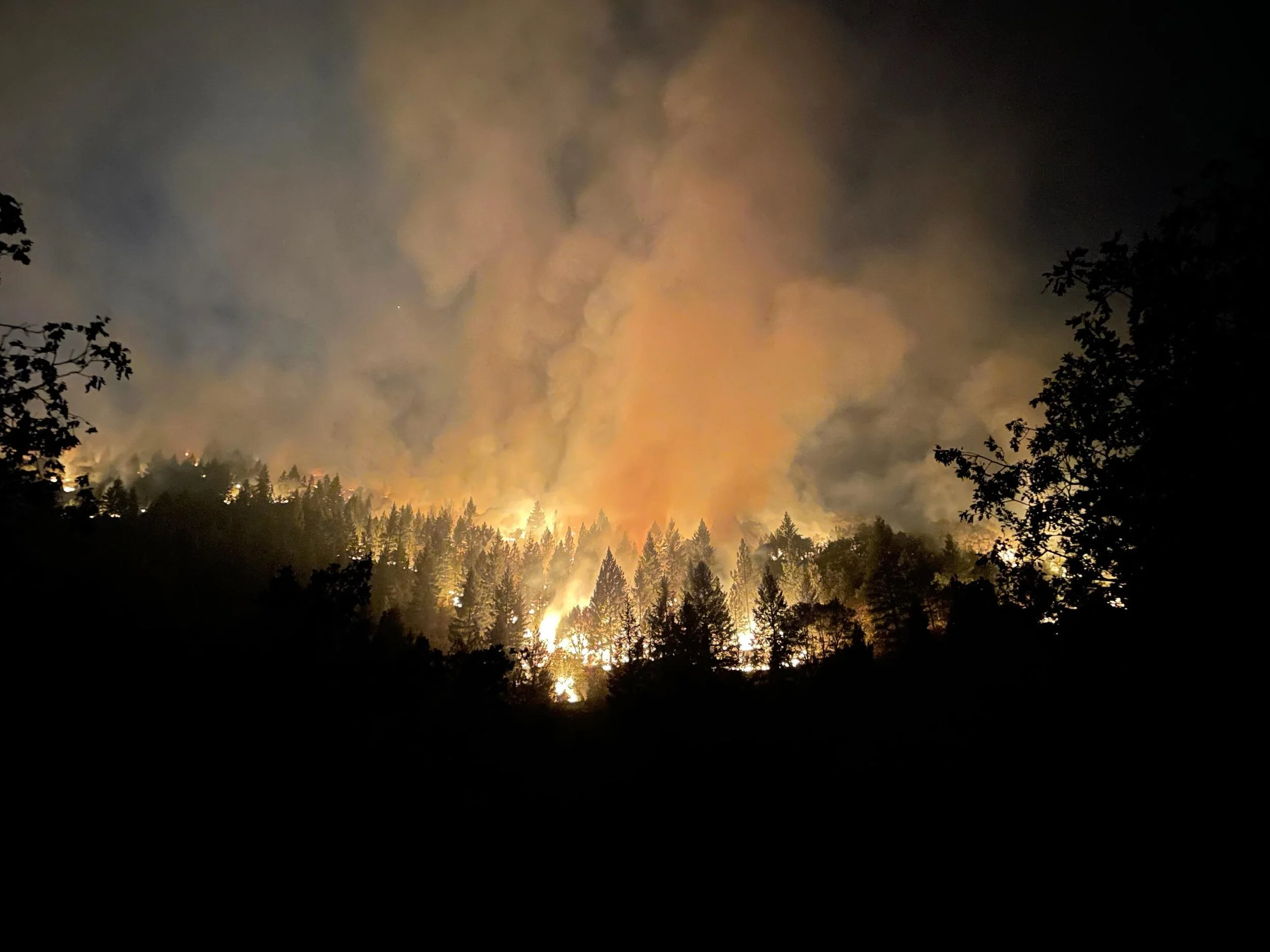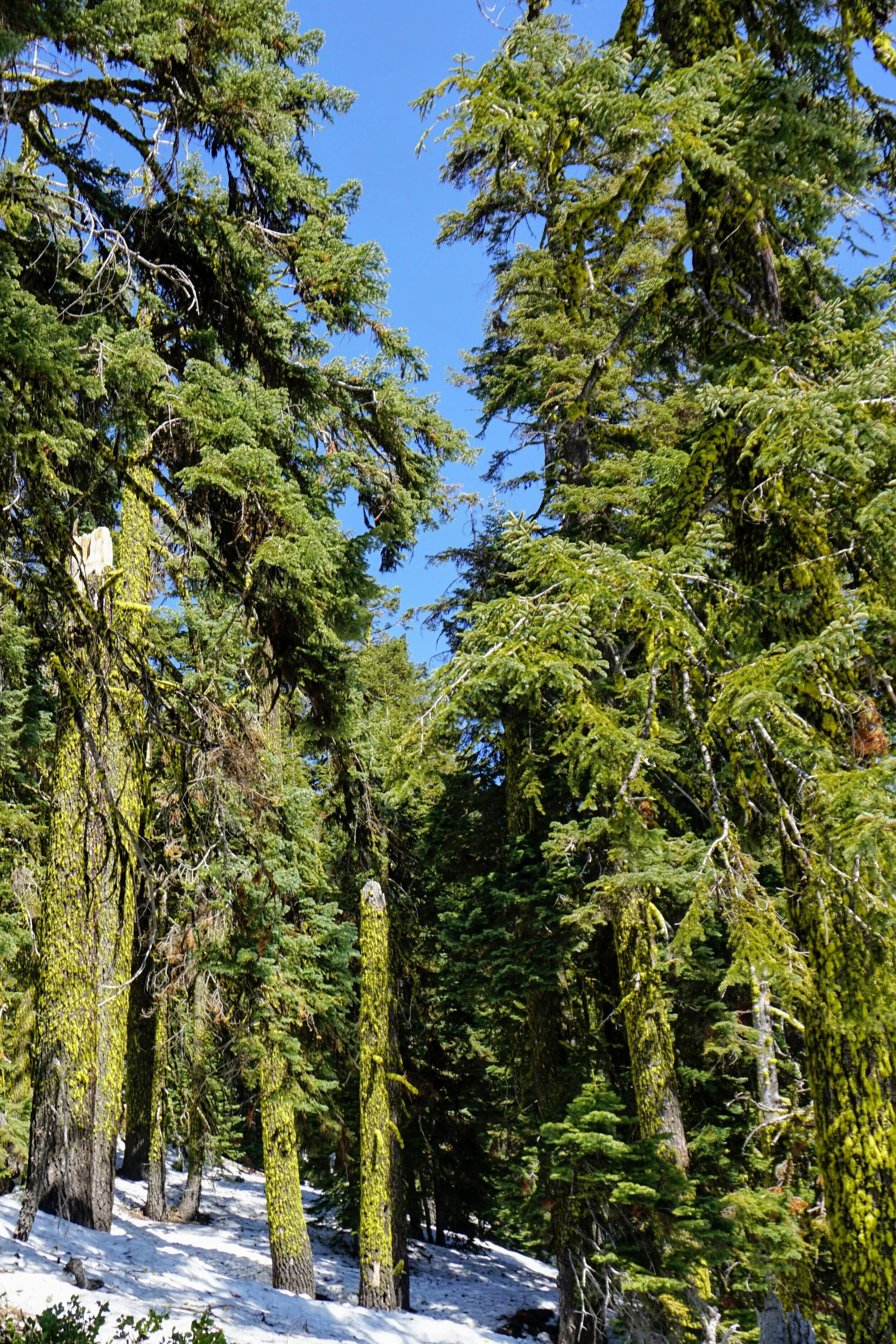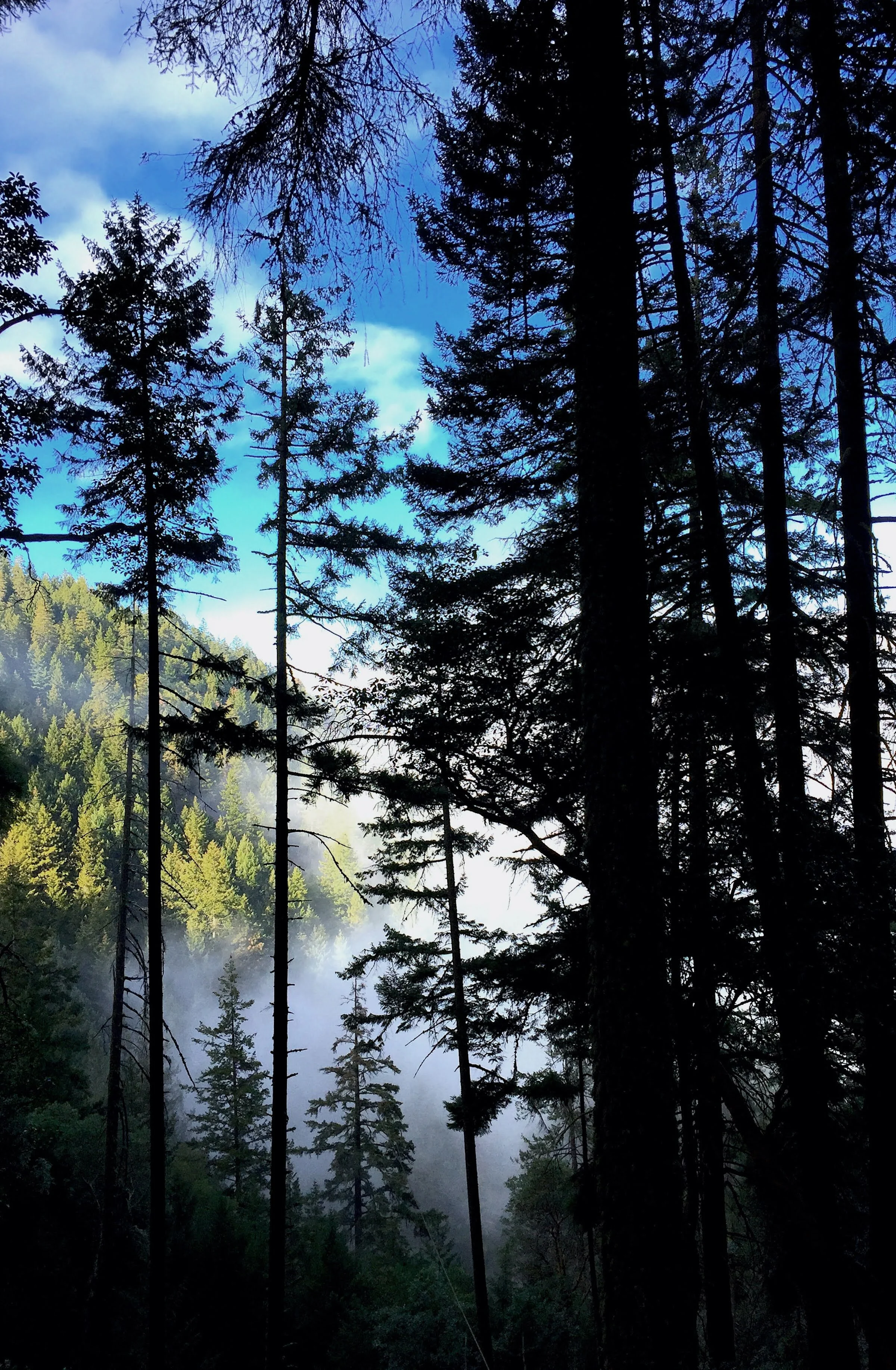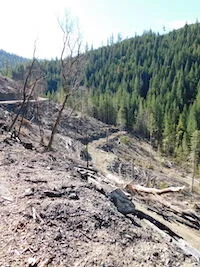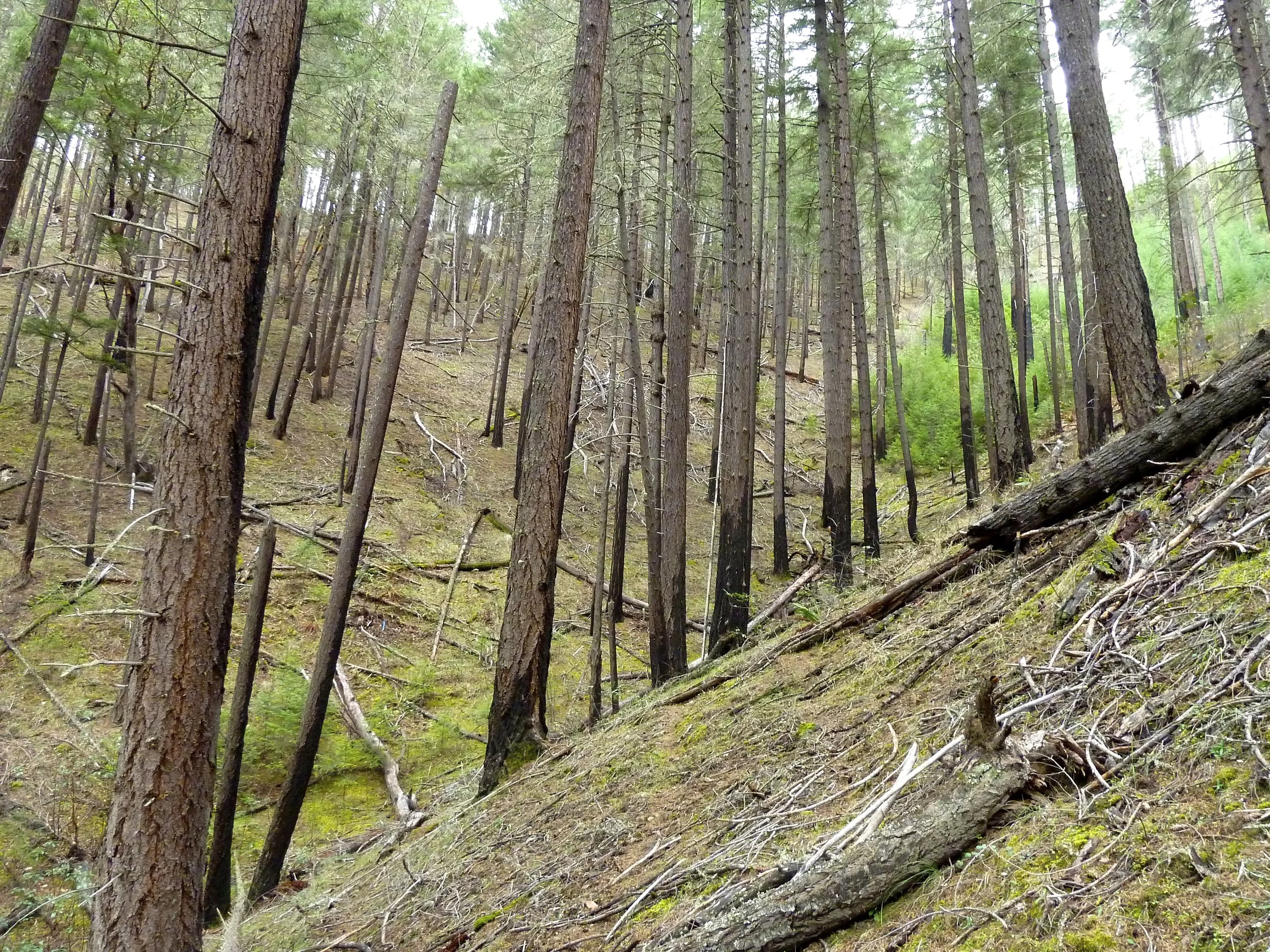The US Forest Service recently announced a 10-year, multibillion-dollar plan to reduce wildfire risk on up to 50 million acres that border vulnerable communities throughout the country. Read KS Wild’s summary of the plan and how it will impact our work and our region.
Read MoreIn order to adapt to climate change and increased wildfire severity, we need new policies based on climate adaptation for both our communities and our landscapes. While much more needs to be done, as a result of engaged and vocal residents, some of our elected officials are taking action. Here is a rundown of the actions being considered and taken by political leaders at the local, state and federal levels that could help us adapt to the increased risk of wildfire.
Read MoreAs a part of KS Wild’s efforts to advance natural solutions to climate change, we are advocating for the recovery of beaver. These aquatic rodents are a keystone species—their life cycle allows other species to thrive—and their natural dams help native fish and other species adapt to climate change.
Read MoreA guest post from Tate Oliva, the Climate Program Youth Science Intern this past winter. Through Tate’s internship, she learned how climate change is effecting the ecosystems of the Klamath-Siskiyou. Combining her passion for photography and being outdoors in nature, Tate captured photographs of the many ecosystems in the area to be used in KS Wild’s climate smart advocacy, which aims to address how climate-smart conservation practices can be applied in the region.
Read MoreKS Wild applauds the Biden administration for taking concrete steps to begin addressing the impacts of climate change on our communities and public lands.
Read MoreAs part of a team working on a state-wide effort to update Oregon forest practices through a historic agreement with the timber industry, KS Wild and Rogue Riverkeeper are working to fight clearcut logging that leaves behind flammable logging slash, causes sediment that fills salmon streams, and minimizes forest carbon storage that contributes to climate change.
Read MoreThe State of Oregon needs to outline steps to reduce climate change pollution and promote carbon storage in forests. We are asking that the Oregon Global Warming Commission step in and work with ODF to craft realistic solutions to climate change. ODF and the Commission need to begin a science-based process to reform Oregon's forest practices to store more carbon, protect water quality, and prevent pollution.
Read MoreTo be the eyes and ears of public lands defense requires KS Wild’s ForestWatch staff to be diligent in how we approach the scope of our work. Read about our plans for 2020, which defending public lands in a number of vital ways.
Read MoreFor the second talk in KS Wild’s Summer Speaker Series on Fire Management, Dr. Christopher J. Dunn focused on five key things we need to remember in our fire-prone landscape, and a new method derived from his research that may alter how we fight fires in the future.
Read MoreOn a chilly sun-filled February morning KS Wild land steward volunteers, local community groups and the Bureau of Land Management showed up strong to preserve a low elevation wetland meadow at French Flat. Stewarding public lands is so important, and so rewarding!
Read MoreOver 20 people braved the smoke Thursday night to assemble at the Northwest Nature Shop and listen to a lively presentation by forest veteran Richard Fairbanks.
Read MoreSome research shows the region’s forested landscapes were generally more open due to fire prior to the 20th century than they are today and today’s landscape is characterized by denser forests, less structural diversity, more fire-sensitive species, fewer coarse-grained vegetation mosaics, and a greater likelihood of high-severity fire (particularly in previously open ponderosa pine forests).
Read MoreFighting fossil fuel projects like the proposed Jordan Cove liquefied natural gas export project is only half of the climate change battle in our region. Climate change is getting worse fast so we also have to act to prepare the Klamath-Siskiyou for a warming world. KS Wild has just assembled the best available science in a comprehensive report to help show the path forward to help public lands adapt to climate change.
Read MoreFollowing decades of fire suppression and logging that created dense young forests, a return to ecosystem resiliency requires thinning second-growth plantations, retaining large trees and forest canopy, and returning the role of fire to these fire-dependent forests.
Read MoreAmong the many unusual endemic species found nowhere else in the world, there is a tree, carving out its existence on high ridgelines within these remote mountains. I was surprised the first time I laid eyes on the Brewer spruce, having never seen anything like it on my mountain walks. With its long weeping branching, it’s quite a forest char- acter and hard to miss. Not only does it stand out in a sea of Douglas fir, true firs, and pines, but its physical structure hints at origins from long ago. Brewer spruce remains one of the rarest among American spruce species.
Read MoreA suite of species depend on fire for their life cycles. Healthy stands of white and purple Ceanothus burst forth after fire and provide for a suite of pollinators. Knobcone pines love the heat that enables their cones to release seeds. Black- backed woodpeckers thrive by foraging amongst blackened snags. Fire is as necessary as water is to the local forest ecosystem.
Read MoreRetaining trees in streamside areas is incredibly important to keeping streams cool and water clean. A healthy riparian buffer where logging is limited adjacent to streams serves a number of important functions. The shade from trees prevents the water from getting warmer, something that will be more and more important in the face of climate change.
Read MoreThe forests of the Klamath-Siskiyou Mountains are dependent upon fire. For millennia, lightning storms have ignited blazes that sparked the unique plant communities, tree composition and biodiversity that define the region. Our forests are evolved to accommodate the regenerative force of fire.
Read More

